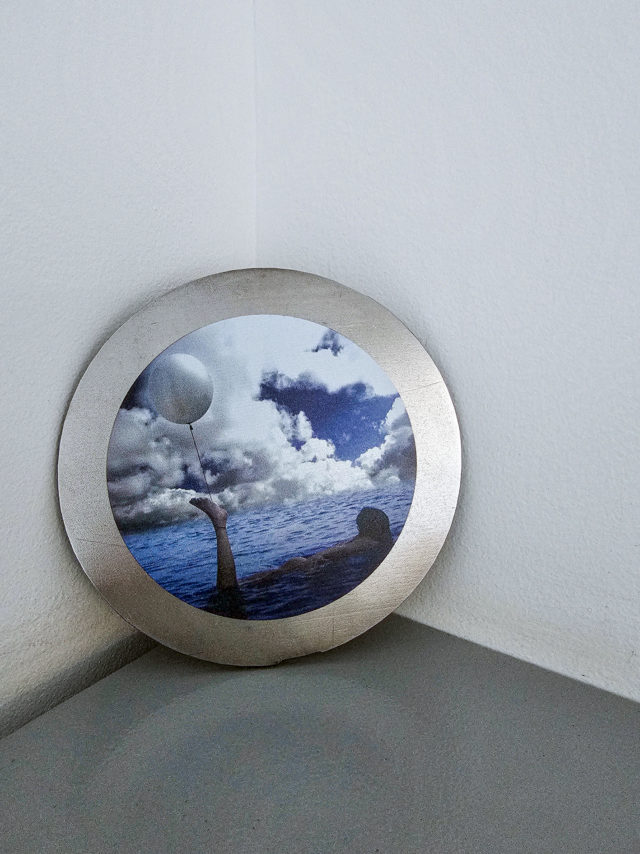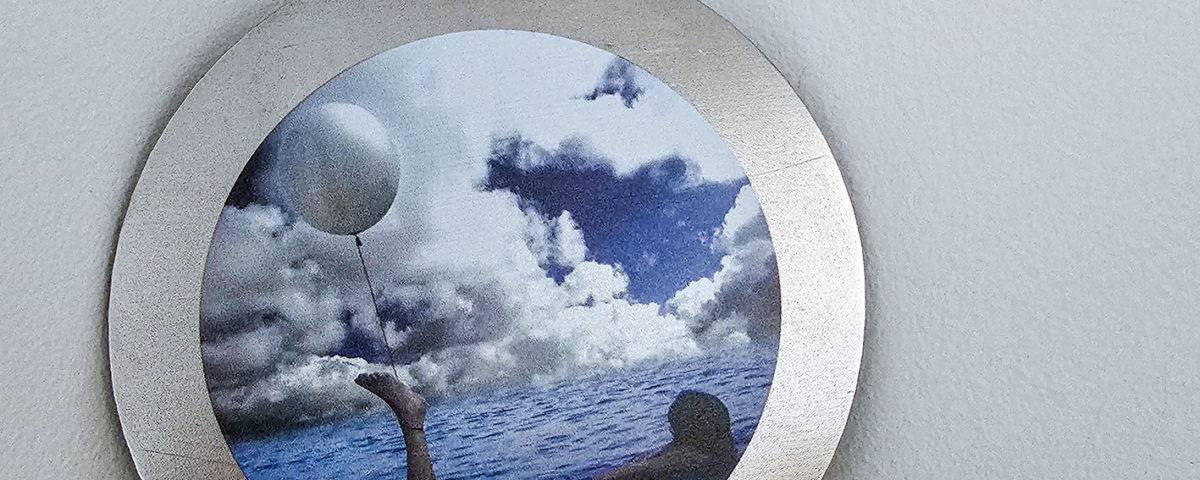
La trenza-The braid. Cecilia Jurado Chueca, Artist & Blanca De La torre, Curator
September 26, 2023
la trenza – the braid. Gesiye, Artist & Amy Rosenblum Martín, Curator
September 26, 2023
A Collective Feminist Curatorial
Jelena Tomasevic, Artist & Jovana Stokic, curator

Jelena Tomasevic in collaboration with Jovana Stokic.
Mixed Memories. Installation.
On Bathing and Thinking
Thin Soup of People
By Jovana Stokic, curator
She told me several memorable things she read in interviews with thoughtful people. Rem Koolhaas said about his practice of swimming in the pools, “The water feels like a very thin soup, like gruel, and with some training you can taste who has been swimming there. It’s about the relationship between your ideas and your body. It both evacuates and charges. You can influence your mind by being serious about your body - by knowing it very well.” Not sure that self-knowledge and thinking caught up as shared goals of wellness today.
Alas, the infinity pool is no way to pursue transcendence. In effect, it is a cheap illusion that can create a visual effect that is nothing more than an optical illusion of continuity, that is, water seems to merge with the horizon because it extends as if it were infinite. The well-worn trope of the leisure pool finds itself in a state of profound exhaustion, embodying both a source of recreation, status symbol, and a harbinger of death. It stands as an over-used symbol, illustrating the invasive American-style consumerism and a “resortification” of contemporary dreamscapes. This metaphor is so tired because it has been relentlessly depicted in movies, photography, painting, and popular culture that it yearns for a tranquil poolside respite. As it reclines by the pool, it unwittingly tumbles into a cascade of reflections, creating a mise-en- abyme — a complex hall of mirrors where images reflect endlessly within one another — of infinite leisure amidst repetition. Just as Yves Klein “Jump into the Void” challenged the boundaries of reality and representation, our metaphor invites us to consider the perpetual dance of relaxation and reflection within the depths of American leisure culture, echoing the need for a rejuvenating pause in cultural discourse.
The disruption of the connection with the healing practices of classical times, now replaced by the commodification of purification activities within the wellness industry, reveals a painful chasm between classical civilizational heights and our cultural approach to (well-)being. In the times of Homer, baths primarily served as a means of cleansing and rejuvenation, carrying with them a sense of hospitality, offering comfort and care to guests. Thanks to Hippocrates, bathing practices underwent a remarkable transformation. They transcended their original purpose of mere hygiene and assumed a deeper significance. Baths were recognized for their extensive health benefits, encompassing not just cleansing and tonic effects but also therapeutic properties. Baths became an integral component of a broader regimen aimed at balancing bodily humors. By employing a combination of hot and cold baths, it was believed that one could achieve harmony within the body by adjusting temperature, moisture, and dryness as needed. This therapeutic approach to bathing garnered widespread recognition and was considered beneficial for a diverse range of patients. Its endurance throughout the entire classical period can be attributed to the sheer pleasure of bathing and the accessibility of warm baths, particularly during the Roman Empire. Baths were even linked to indirect nutritive benefits, with the teachings of Hippocrates and Galen suggesting that bathing softened the body, enhancing its capacity to absorb nutrients from food. In today’s wellness industry, this profound connection of bathing practices with a praxis of balancing of mind and body is lost.
The emphasis has shifted to the commodification of wellness, where purification activities are marketed as products and consumer experiences, distancing us from the therapeutic and cultural ideals achieved in the past. Having your body pleasantly immersed in the water while engaging in deep thinking isn’t encouraged activity, despite Archimedes's example.



